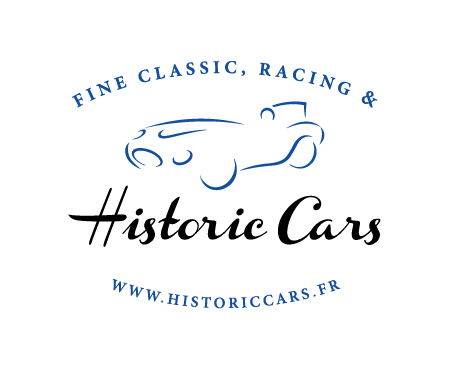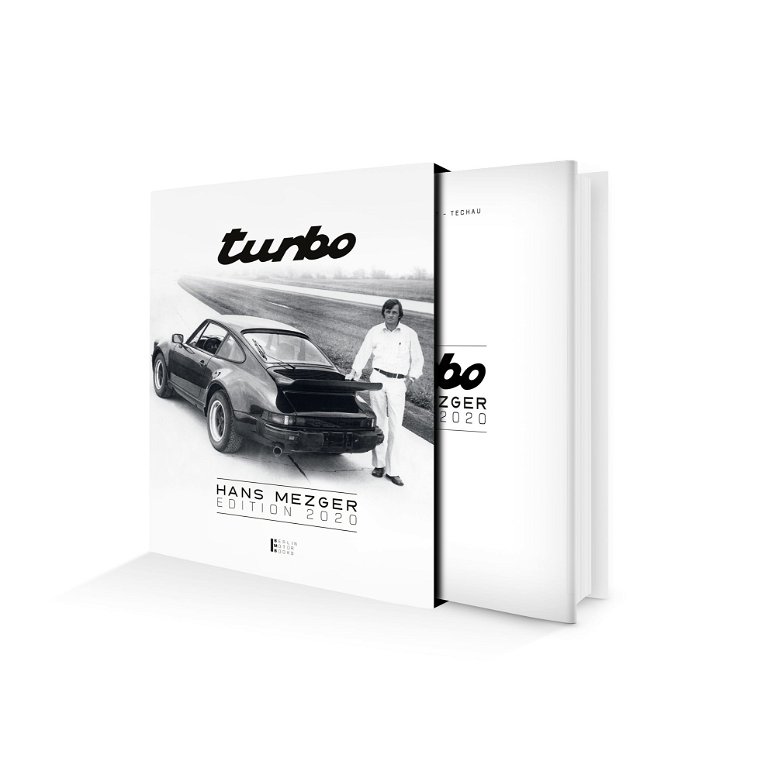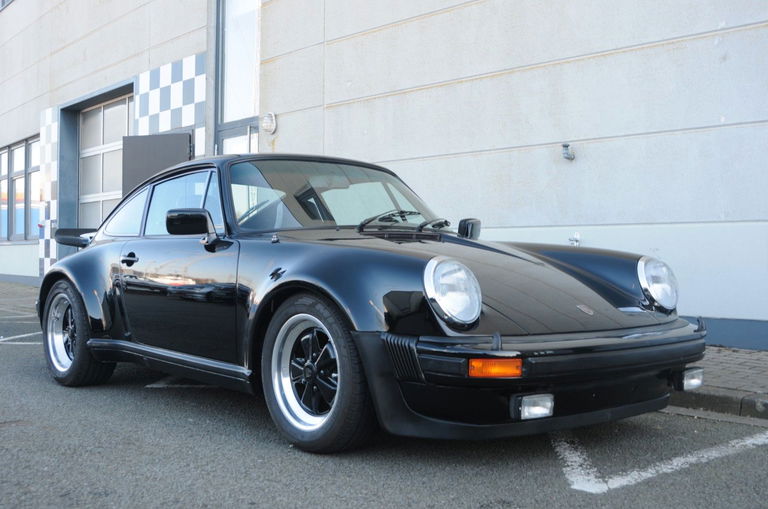The brand has always offered its customers a special series of race-ready models, and the 911 has repeatedly confirmed this rule. The 911 Turbo was first presented as a prototype at the Paris Motor Show in September 1973 as a vehicle that could be produced in small series for FIA Group 5 homologation. In the meantime, a Porsche 911 Carrera RSR Turbo with almost 500 horsepower (for 2.1 litres of engine capacity!) was entered at Le Mans and produced encouraging results, finishing 2nd in 1974. This performance encouraged Porsche to continue its research into the use of turbocharging and it was a real event when the 911 Turbo road car was presented in Paris in its almost final form a few months later. Instantly, it was love at first sight for many enthusiasts and the beginning of a long and beautiful love story.
The factory designation “930” corresponding to the engine’s nomenclature quickly became the baptismal name of the turbocharged 911 among Porsche enthusiasts, even though its official commercial name has always been “Turbo” and “Carrera Turbo” in the USA. Originally, it was only planned to produce the 500 cars required for FIA Group 5 homologation, given the economic context of the oil crisis, which was not very favorable to fuel-guzzlers. However, production of the famous 911 Turbo began in February 1975, just as France had imposed motorway speed limits. But despite this, the 911 Turbo aroused such interest and was such an exceptional event that orders quickly flowed in beyond the expected sales figures. In view of the enthusiasm, production was increased the following year. Externally, the 930 retained the general appearance of the 911s, but was distinguished primarily by its large, prominent rear spoiler, which, in combination with the front spoiler, provided superior downforce at higher speeds. At first glance, the Porsche 930 impresses, but then it seduces, especially with its swollen rear wings. The tracks of the Turbo are widened by 60 mm in front and 120 mm in back. The whole thing has an effect and many will fall in love with these wide and sexy hips which will later become a very popular option making up the famous “Turbo-Look”. As was the case with the 1974 911 Carrera RS 3.0, the Porsche 911 Turbo is equipped with black Fuchs wheels with polished rims, 7 inches at the front and 8 inches at the rear as standard. The tires are generously sized for the time.
For the ’76 model year, several other modifications were made to the increasingly successful 930. Matte black stickers on the front of the rear wings now protect them from stone chips. Less visible, but very important, is the zinc electrolysis of the bodywork which allows Porsche to guarantee the 930 against corrosion for 6 years.
Inside, apart from the specific 3-spoke steering wheel, the interior of the 911 Turbo is strictly identical to that of a Carrera. It is surprising that there is no turbo pressure gauge until the ’77 model year. But surprisingly, Porsche wanted to position its new sports car in a different niche than a pure sports car, stripped down to the bare essentials like the Carrera RS 2.7L. The standard equipment is even more complete than at the time of the presentation and very luxurious for the time: electric windows, air conditioning, leather seats, tinted windows, not to mention headlight washers – a world first! -, rear windscreen wiper, front fog lamps, etc… Note also that among the options available on the 930 were front seat heaters, a locking differential, a short shifter kit, electrically adjustable sports seats and a tinted windscreen. Yet the 930 is a true sports car. And to be convinced of this, you have to taste what’s under its imposing engine bonnet!
Intended as a racing car, the leading model of the 911 series was entirely focused on power and would set new standards. To understand the choice of engine for the Porsche 930, one must remember that the sports regulations of the time imposed a factor of 1.4 on the displacement of turbocharged engines to compensate for their mechanical advantage over naturally aspirated engines. Therefore, a displacement of 3L corresponded to 4.2L, the maximum allowed at the time, with a weight limit of 1210 Kg. Designed for competition, the Flat 6 of the 930, type 930/50, is therefore derived from the Carrera RS 3 litres. The displacement is 2994 cm3 (bore 95 mm, stroke 70.4 mm) and the engine is fed by a Bosch K-Jetronic mechanical injection and a KKK type 3LDZ turbocharger, blowing at 0.8 bar. The compression ratio is lowered to 6.5:1. Porsche also uses advanced technologies designed to achieve high power output without affecting engine reliability. The cylinder walls are covered with Nikasil, the pistons are made of forged alloy and the crankcase is made of aluminum. The 6-cylinder flat engine from Porsche develops 260 hp at 5500 rpm and 343 Nm of torque at 4000 rpm. Available in the USA, the 930 will however only deliver 245 hp (engine type 930/51), i.e. 15 hp less than the European version for pollution control reasons. But the torque is such that it is quite sufficient!
With its first-class performance, the Porsche 930 is on a par with the best sports cars of the time, such as the Ferrari 512 BB. It takes only 5.5 seconds to accelerate from 0 to 100 km/h, while its top speed exceeds 250 km/h.
Despite its racing characteristics, the Turbo 911 is surprisingly well suited for everyday use. In this area, Porsche also manages to reconcile two obvious contradictions. In the city, the Turbo drives like an ordinary 911, the flexibility of the 3.0L engine being very appreciable here. Once on the road, you have to anticipate the dual personality of a car whose old-style turbo management was, moreover, deliberately “brutal” at the time. Clearly, nothing was done to smooth out the engine’s character! And indeed, once past 3500 rpm, the turbine is triggered in “all or nothing” mode. The 6-cylinder Porsche 930 then propels you into another dimension, with a memorable kick in the ass! Your back sinks into the leather seat and you become fully aware of the 930 Turbo’s lightning acceleration! Just imagine what a shock this was for the automotive world at the time, which was simultaneously discovering turbocharging and the arrival on the market of a sports car capable of offering sensations previously unknown outside the world of competition. Given the engine’s torque, the 4-speed gearbox seemed to be sufficient. The 1st gear pushes you up to 80 km/h on the approach to the red zone (located at 6900 rpm), the 2nd to 135 and the 3rd already makes you a jailbird, at 200 km/h. You will then go and explain to Mr. the “gendarme” that you had not yet shifted in 4th gear… he might appreciate it. Just imagine that the 4th takes you to 250 km/h…
In a word, the Porsche 930 is… sporty! And how good it is! This invigorating return to the source reminds us how much current productions are sometimes far too sanitized.
For many drivers, the 911 Turbo was the ultimate sports car. With all its exceptional features, it is now a true phenomenon and a historical monument of the automobile. A mythical vehicle whose reputation as a wild beast has greatly contributed to the aura it still enjoys in the hearts of all enthusiasts.
This example was ordered on 27 February 1976, specified in Schwarz over Braunbeige leather with an electric sunroof, and intended for California, according to the accompanying factory build sheet. Chassis number 00413 was reportedly retained by its first owner for 23 years before being sold locally in 1999. It was then reportedly sold to a third Californian owner in 2002, before being exported to Norway in 2007 and finding a home with another Norwegian four years later. In 2015, it passed into the hands of the previous owner and was imported to Denmark, where later that year it underwent a body repaint in black. A certificate of authenticity from Porsche confirms that this car has retained its chassis and engine.
Beautifully presented in its original configuration, this first generation Turbo Carrera is a fine example of an iconic model that marked both the development of the 911 and the evolution of the supercar.





































